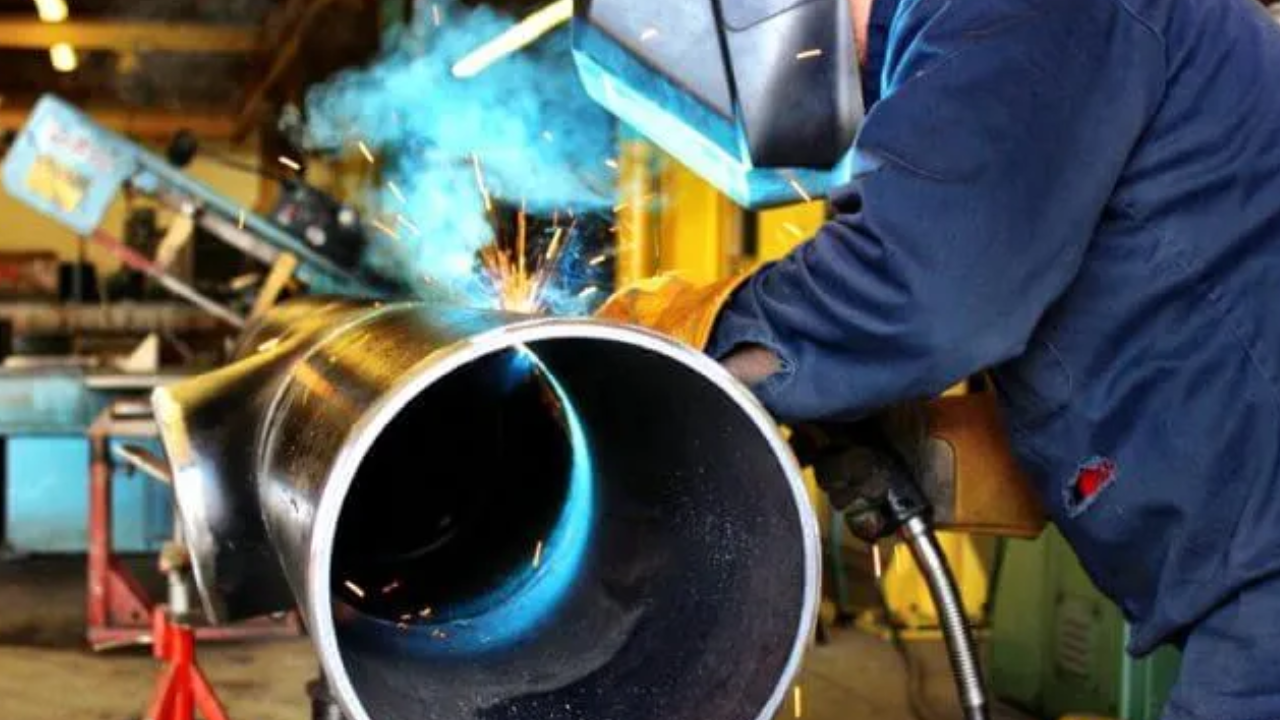SSAW (Winding Submerged Bend Welded) channels play a pivotal part in different businesses, including oil and gas transportation, water transmission, and auxiliary applications. Guaranteeing their execution and unwavering quality requires adherence to exacting quality guidelines all through their fabricating, testing, and sending stages. This article investigates the key quality benchmarks that administer ssaw pipe (SSAW channels), emphasizing their significance in keeping up auxiliary keenness, toughness, and security.
Quality Benchmarks Guaranteeing Execution of SSAW Channels
Quality measures guarantee that SSAW channels meet fabricating, fabric, welding, dimensional, NDT, mechanical testing, and compliance criteria. Adherence guarantees basic astuteness, strength, and security over differing applications like oil, gas, and development
Fabricating Measures
The establishment of SSAW pipe quality lies in following particular fabricating guidelines. These benchmarks ordinarily diagram the materials, welding forms, and dimensional resiliences required for creating channels that meet industry desires. Common fabricating measures incorporate API (American Petroleum Established) 5L for oil and gas applications, ASTM (American Society for Testing and Materials) A252 for basic purposes, and ISO (Worldwide Organization for Standardization) 3183 for universal exchange and transportation.
Fabric Determinations
Quality starts with the crude materials utilized in SSAW pipe generation. Details such as chemical composition, mechanical properties, and cleanliness are basic. Materials must meet rigid criteria to guarantee they can withstand the planning operational stresses and natural conditions. Measures like ASTM A53/A53M for carbon steel channels or ASTM A106/A106M for consistent carbon steel pipe are cases that characterize these fabric necessities in detail.
Welding Forms and Strategies
The welding handle is essential in deciding the auxiliary keenness and execution of SSAW channels. Guidelines overseeing welding strategies, such as AWS (American Welding Society) D1.1/D1.1M for basic welding or API 1104 for pipeline welding, guarantee that the welding strategies utilized are suitable for the fabric sort and thickness. Parameters such as welding current, bend voltage, travel speed, and preheating temperatures are carefully controlled to realize reliable and high-quality welds.
Dimensional and Geometric Resistances
Dimensional exactness is significant to guarantee that SSAW channels fit consistently into their aiming applications. Guidelines like API 5L indicate dimensional resiliences such as distance across, divider thickness, ovality, and straightness. These resistances guarantee that channels can be joined productively, whether by welding, threading, or other association strategies, without compromising auxiliary keenness or liquid stream characteristics.
Non-Destructive Testing (NDT) Benchmarks
Non-destructive testing is fundamental for recognizing inner and surface abandons in SSAW channels without compromising their astuteness. Measures such as ASTM E213 for ultrasonic testing (UT), ASTM E570 for attractive molecule testing (MT), and ASTM E709 for radiographic testing (RT) lay out the strategies and acknowledgment criteria for conducting these tests. NDT makes a difference in recognizing absconds such as breaks, porosity, and considerations that seem to compromise the execution and security of the channels.
Mechanical and Execution Testing
Mechanical testing confirms the physical properties of SSAW channels, counting pliable quality, surrender quality, prolongation, and affect resistance. Benchmarks like ASTM A370 indicate the testing strategies and acknowledgment criteria for these mechanical properties. Execution testing beneath operational conditions, such as weight testing for pipelines or stack testing for auxiliary applications, guarantees that SSAW channels can withstand the aiming benefit conditions without disappointment.
Compliance and Certification
Compliance with pertinent guidelines and controls is basic for guaranteeing the quality and security of SSAW channels. Certification bodies such as API, ISO, and national administrative specialists supervise compliance through reviews and assessments. Certifications such as API 5L for line pipe or CE checking for basic steel items demonstrate that SSAW channels meet the specified measures and have experienced thorough quality confirmation forms.
Conclusion
Adherence to rigid quality guidelines all through the fabricating, testing, and certification forms is fundamental for guaranteeing the execution and unwavering quality of SSAW channels. By taking after set up guidelines for materials, welding forms, dimensional resiliences, testing strategies, and compliance necessities, producers and clients can be guaranteed channels that meet industry desires for basic keenness, strength, and security. Ceaseless change and adherence to advancing measures are vital to assembling the requests of differing applications in segments such as vitality, development, and foundation.


